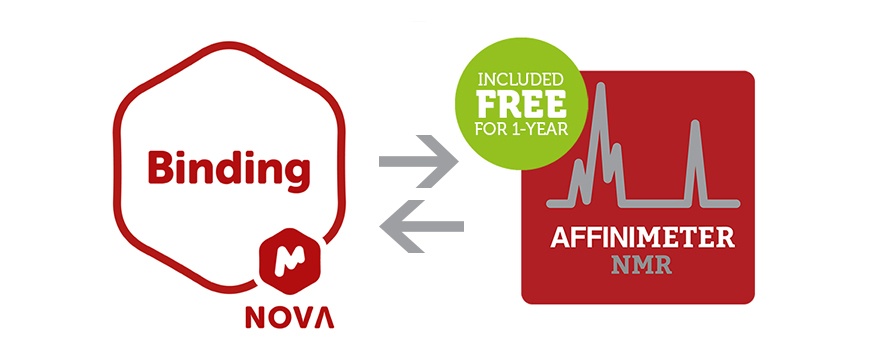Resource
Search posts in this category

In this application note, Prof. Rafael Cela and Dr. Leticia Pérez-Mayán outline the use of Chrom Best Method for evaluating LC separation of diniconazol, showcasing its effectiveness in meeting the analytical demands for a successful chiral separation.
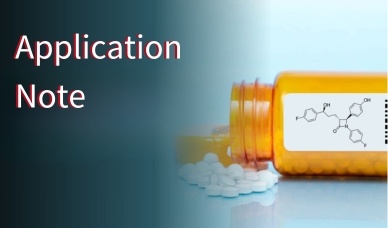
In this application note, Prof. Rafael Cela, showcases the selection of LC procedures using Mgears Chrom Best Method and highlights how automation streamlines the screening process and helps in analysis, reporting and decision…

We are excited to introduce our Mnova Purification Suite, meticulously crafted to offer flexible, modular solutions that address the critical aspects of chromatographic purification. Our suite comprises three modules, each tailored to cater to distinct purification needs:
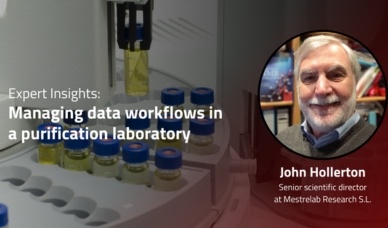
In this insightful exchange, we are privileged to have John, a distinguished expert with over 40 years of experience in the scientific and informatics domains, particularly within the pharmaceutical industry.
John’s extensive background in analytical chemistry, ranging from NMR and chromatography to chemical structure representation…

Spectroscopic techniques, particularly NMR, frequently encounter the challenge of overlapping peaks. Thus, the need to enhance the resolution of such spectra has been the subject of extensive research for decades

In the world of spectral data, the struggle to access and manage diverse datasets across various platforms is real. That’s why we’ve developed Mnova Hub, a unified data browser designed to connect Mnova seamlessly to various data providers. Mnova Hub empowers you to retrieve, modify, and store data effortlessly from within Mnova, without the need to download and/or open each dataset individually.
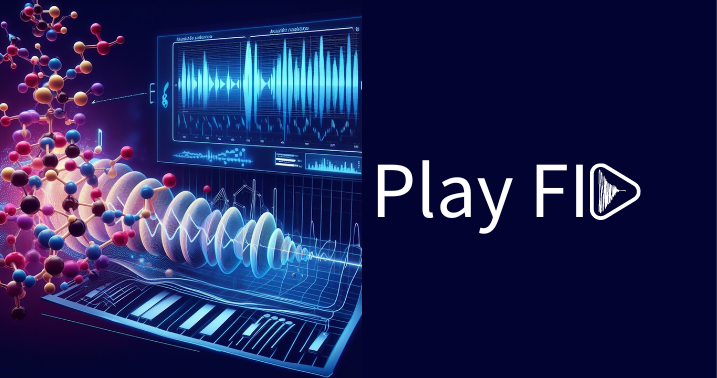
Play FID is a new tool included within the latest version of Mnova 15.0.1. The purpose of Play FID is to provide an auditory representation of NMR data, enhancing the interpretation and understanding of NMR spectra.
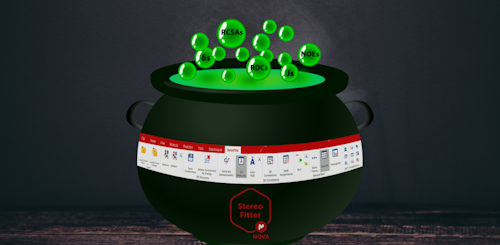
Liquid-state NMR plays a pivotal role in resolving the structural mysteries of molecular compounds across diverse fields such as synthetic organic and inorganic chemistry, as well as medicinal chemistry.
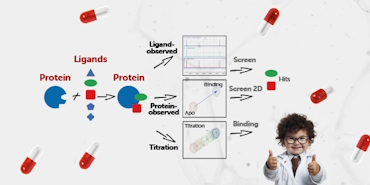
Optimizing Fragment-Based Drug Discovery by NMR: A Deep Dive into Mnova Screening Software Solutions
Fragment-Based Drug Discovery (FBDD) and validation of small molecules binders using NMR has emerged as a powerful method in early-stage drug development. This post explores the general use of analytical techniques and innovative screening software solutions that optimize the process, enabling researchers to identify promising drug candidates with precision.

Mnova 15 is a game-changing release, introducing new products, versions, and commercial adjustments. Enhancements across plugins like NMR, MSChrom, Chemometrics, and DB deliver an upgraded user experience.
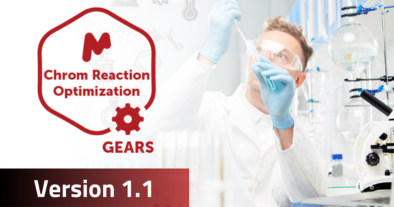
We are excited to announce that Chrom Reaction Optimization is close to release, and we couldn’t be more eager to share a sneak peek with you!
The invaluable feedback from our early customers has played a pivotal role in shaping this product into something truly exceptional…

The screening and selection of the best chromatographic methods play a pivotal role in the synthetic chemistry pipeline as it allows the obtention of high-purity materials for downstream uses. In this application note, we delve into the essential factors and consideration involved in evaluating chromatographic methods through a scoring approach.

No automation exists in a vacuum. Inputs and outputs to the process (or rather the ease with which these connections can be achieved) can make or break the overall automation. There is no point having a wonderful automation processing 10,000 samples if all the results then need to be transcribed manually into a corporate database!

Experts working with chemistry – from small molecules right up to macromolecules and from pure compounds through to complex mixtures – know that the analytical data acquired by the instruments is empty and meaningless without analysis and interpretation.

Agreeing in principle that there are benefits to data automation is one thing, yet in practice, changing standard processes to implement such automations can be a much more complicated decision to make, especially when lacking the internal expertise to take care of such changes.

The demand for, and adoption of lab automated systems has been constantly increasing over the past few years, the market for which is anticipated to grow by 7.6%, up to $9.21 billion, by 2029.
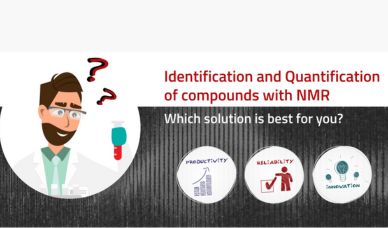
Mnova offers multiple ways to address the analyses of mixtures when presented in NMR spectra, whether they are targeted or untargeted, and whether they require component identification and/or quantification. The most suitable technique depends upon the application.

Mnova LC/GC-MS software solutions for your analysis. A popular desktop application, a powerful automation engine, a task-specialized analysis
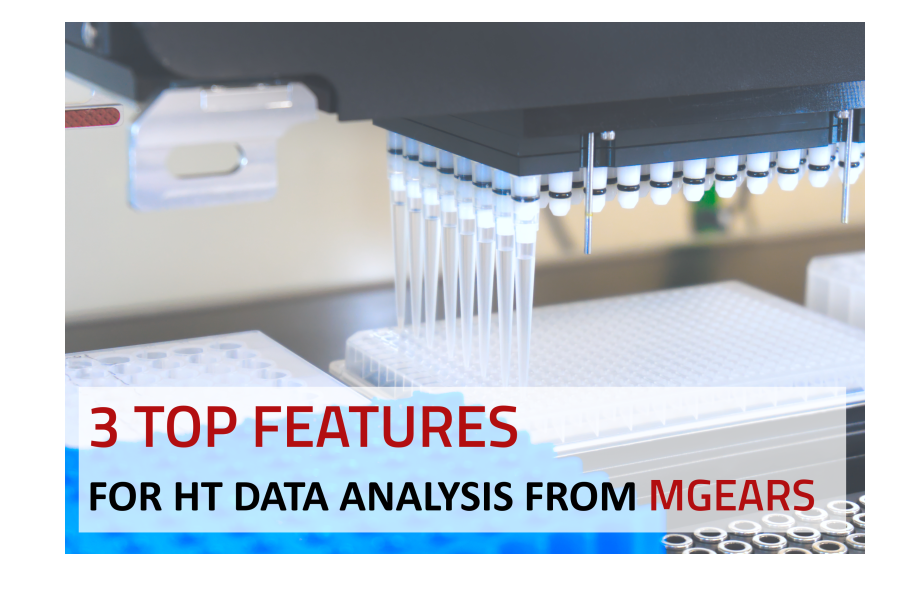
High-throughput (HT) analyses have become extremely popular, if not essential, for daily activities in the majority of analytical laboratories, ranging in use from R&D, to manufacturing, to quality control.

Robotics automation is rapidly changing our world; ‘bots are everywhere. Today, we find them in so many places, from providing customer support on insurance websites through to industrial robotics involved in car manufacture and food production.

Mbook 3.0 is out with a whole set of new features, making your ELN experience more complete and better suited to your needs. Here are the top eight new features and other new ones you can enjoy!
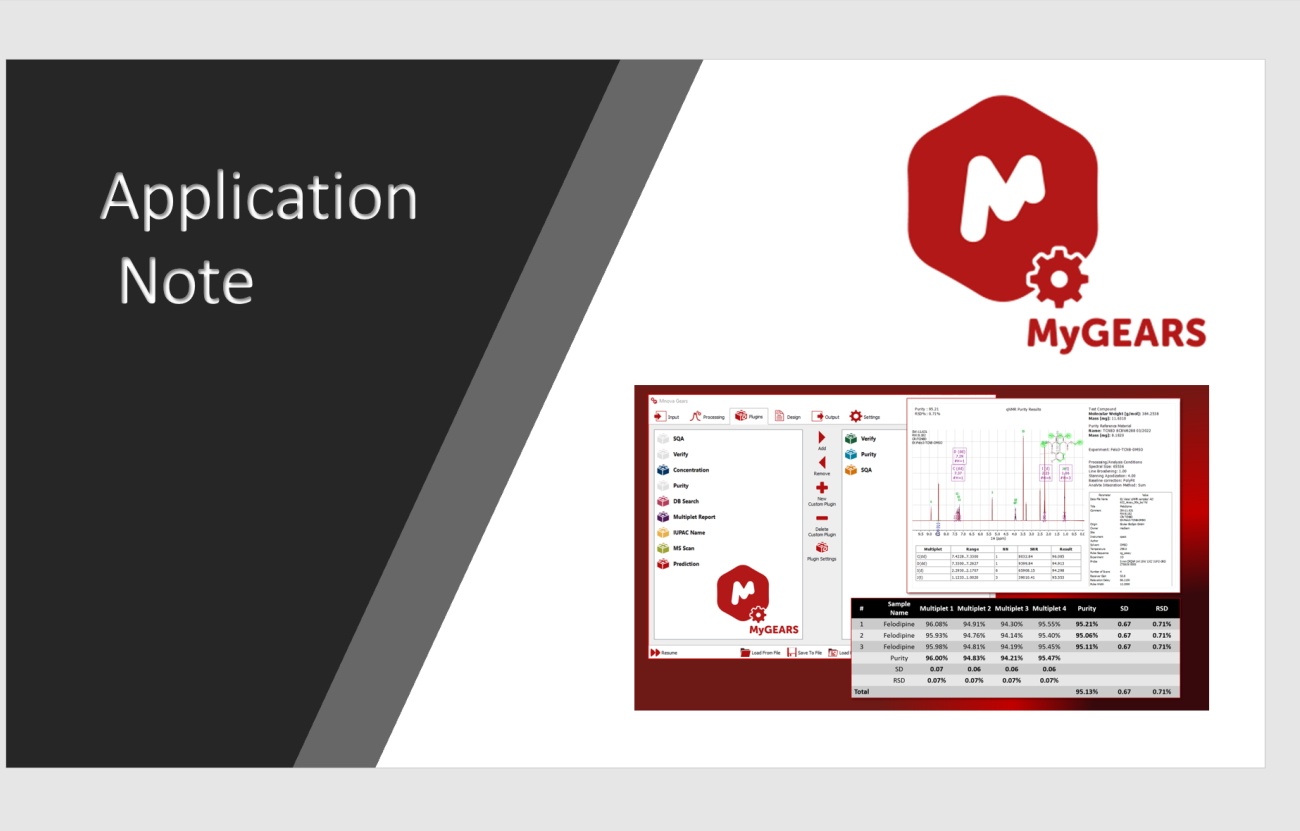
MyGears in action – Automated qNMR, Structure Verification and Spectrum Suitability Testing with ONE Click.
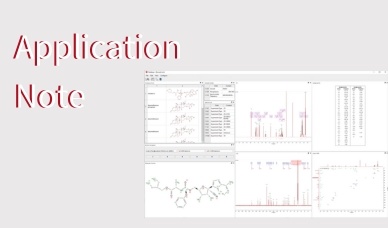
Turning your spectroscopic data into a searchable resource.
Using MyData to efficiently retrieve what you are looking for in a few mouse clicks

Therapeutic pharmaceuticals (drugs) have witnessed a sea change in recent years. The large, dominant group of drugs derived from synthetic, small molecules has been joined by a new type of drug that has been very effective with diseases that were previously untreatable.

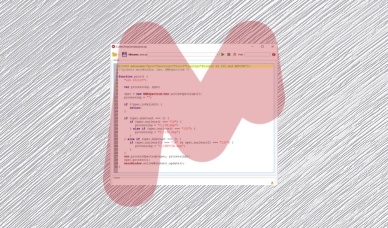
It is very easy to create a script that can be used to apply processing templates to your spectra, as described in the following procedure.
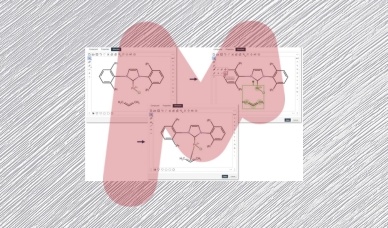
You can draw coordinate bonds for organometallic compounds in Mbook! Structures with π coordination (uncharged). We would like to show a couple of examples of uncharged structures:
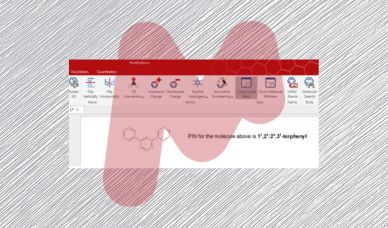
Our current achievement is generating of Preferred IUPAC Names (PIN) for
- unbranched rings assemblies of 3 through 6 identical cyclic systems
- branched rings assemblies.
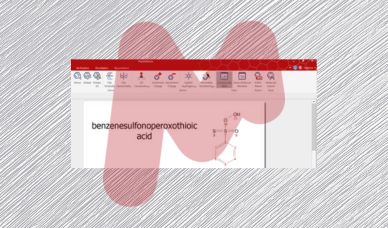
Once again let’s speak about Mnova innovative approach that allows to generate correct IUPAC names for most of the possible modifications of suffix groups. Let’s look at the suffix group sulfonic acid.

The IUPAC naming algorithm in Mestrelab Research SL’s Mnova IUPAC Name plugin represents an innovative step forward compared to other software products with similar functionality available in the marketplace.
